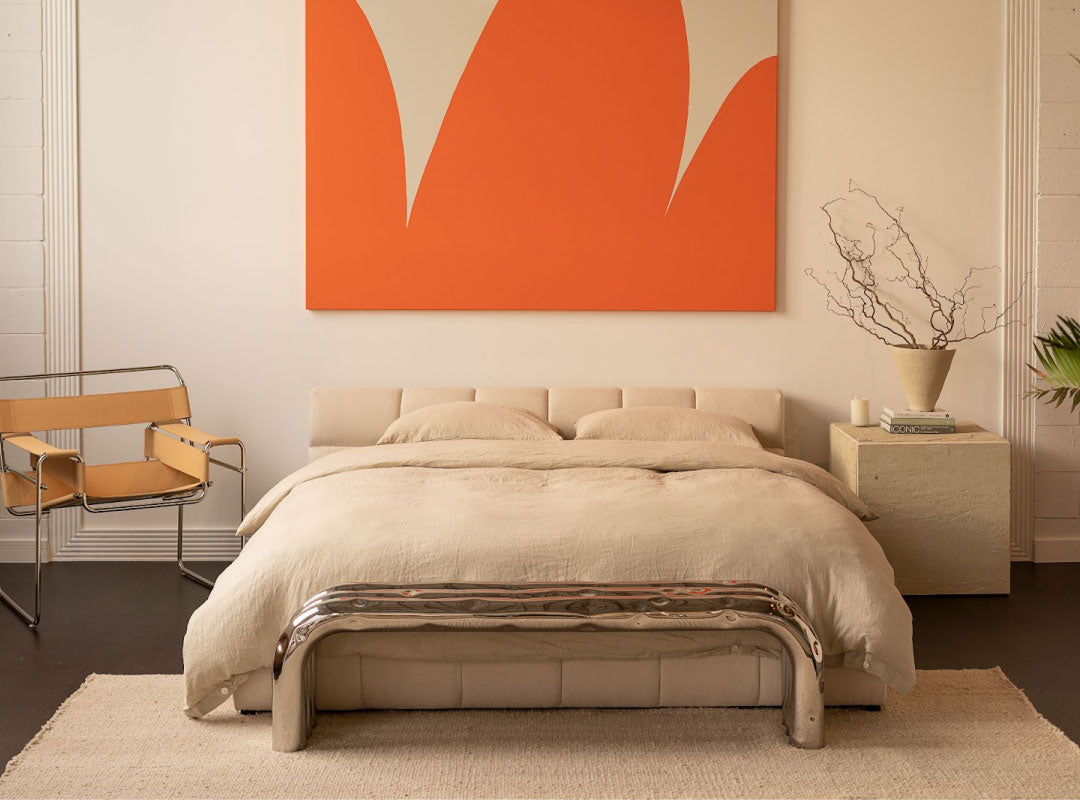Understanding the 3 key principles of interior design

Interior design requires a trained focus on architecture, space planning and cohesive design. There are three fundamental principles of interior design: style, focal points, and balance. Let us enlighten you.
1. Style
Selecting an interior design style is the first step in interior design. Your style will then guide every sequential decision.
Let’s take mid-century as a style example. This is a style where form follows function. You’ll be seeking to fill your space with timeless pieces that are first and foremost functional and architecturally designed.
Mid-century, Hamptons, French provincial and industrial are just a few of the many styles you might choose to follow. That’s not to say you have to stick to just one. Your style can be more fluid than rigid and incorporate more modern features or more expressive colour schemes, for example. Be cautious here. When fusing different styles, it’s best to do your research and consult the help of a trained professional.
Start with research and find which styles resonate most with you and the feeling you want your space to evoke.
2. Focal point
Next, you’ll want to decide on a focal point for the space. This is a statement piece like artwork, a sofa, or chair that demands the attention of those occupying the room. This step takes a significant amount of critical thinking and shouldn’t be made lightly.
Be mindful that the piece you select works with your chosen style and one you know you won’t grow tired of. You should also refrain from going overboard with excessive focal points that can overpower and drain the energy from the space.
Here’s a nice example of a statement lighting focal point.
3. Balance
Thirdly, you want to achieve balance. Balance is the distribution of the visual weight of the pieces within a space, which instils a sense of flow. Large statement pieces, textures (both soft and hard), colour and the placement of items all have an impact on the room’s balance.
There are three types of balance: symmetrical, asymmetrical and radial balance. They are as their names suggest. Symmetrical involves a mirrored arrangement, and asymmetrical involves a less uniform arrangement where heavier elements work to balance each other. Radial balance uses a central focal point that radiates inward or outward, creating an orbiting. balance
Symmetrical balance has a calming effect on the mind, and as such, is common in bedroom design.
When it comes to redesigning or designing a new space, well-executed interior design is key for evoking the desired feeling. Speak to one of our in house interior designers about how we can elevate your space.

